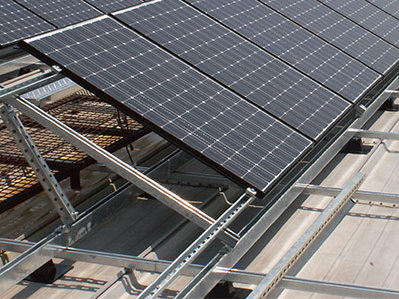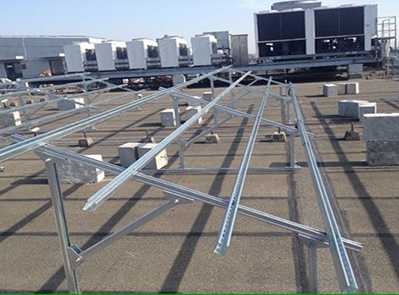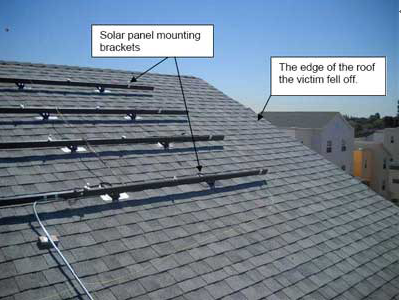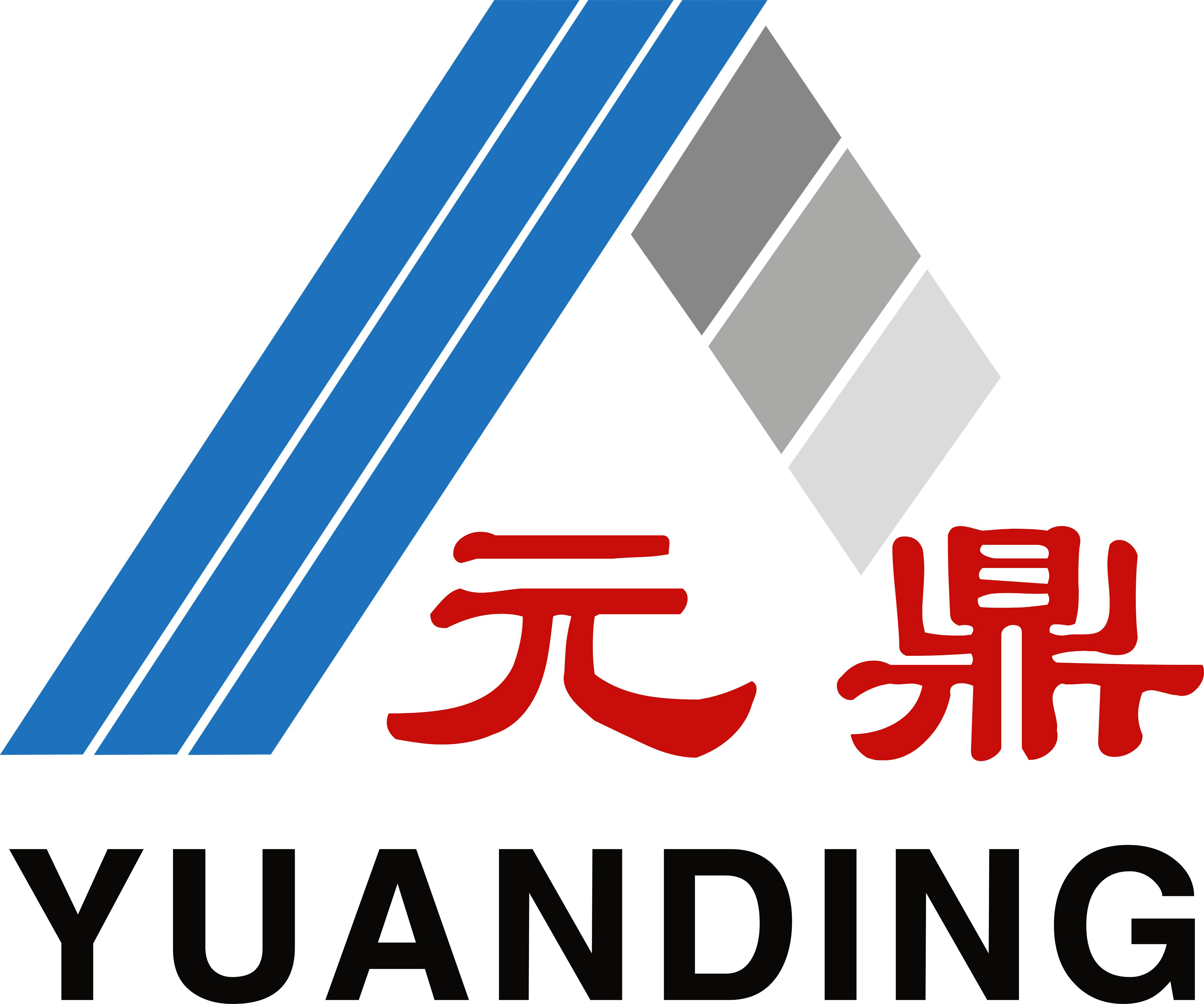Solar Rack Roll Forming Machine
Product Details
The type of rack you need depends on where the solar panels will be mounted. They are most often either mounted on top of a pole or on a roof. Top-of-pole mounts can be either stationary or trackersthat follow the sun's movement across the sky. Sometimes solar panels are mounted on a rack on the ground.
Tilt-up racks can be angled up off a roof's pitch to the optimal angle for your area and can be seasonally adjusted. They are more visually obtrusive than flush mount racks, but in most instances they allow the panels to produce more energy. Tilt-up racks can also be turned to face due south on a roof that faces off south, again increasing energy production. Doing this, however, does look awkward.
We usually prefer not to mount on roofs because of the potential for leaks, difficulty of maintenance and over heating. However, a roof mount is generally more secure from theft or damage, and sometimes offers the best access to the sun.
Spefication
1. Suitable Plate Material: thickness 1.2-3mm, Galvanized steel or blank steel
2. Working Speed: 4-5 meters / min
3. Forming Steps: 19 stations, drive by gear boxes
4. Material of Roller: Gcr15, Quench HRC58-62 Plated Chrome
5. Material of Shaft: 45# Advanced Steel (Diameter: 76mm), thermal refining
6. Driven system: Chain Driven 1.5 inches 20A double chain with longer shafts
7. Main Power with reducer: 18.5KW Siemens
8. Touch Screen
9. Encoder--Omron, Japan
10. Electric parts--Schneider
11. Cutting holder: hydraulic cutting
12. Hydraulic station: 7.5kw with fan cooling system
13. Thickness: adjustable by the hand wheels.
Application
It is widely used in mounting Frames for Solar Modules.
Application
1. Suitable Plate Material: thickness 1.2-3mm, Galvanized steel or blank steel
2. Working Speed: 4-5 meters / min
3. Forming Steps: 19 stations, drive by gear boxes
4. Material of Roller: Gcr15, Quench HRC58-62 Plated Chrome
5. Material of Shaft: 45# Advanced Steel (Diameter: 76mm), thermal refining
6. Driven system: Chain Driven 1.5 inches 20A double chain with longer shafts
7. Main Power with reducer: 18.5KW Siemens
8. Touch Screen
9. Encoder--Omron, Japan
10. Electric parts--Schneider
11. Cutting holder: hydraulic cutting
12. Hydraulic station: 7.5kw with fan cooling system
13. Thickness: adjustable by the hand wheels.
Application
It is widely used in mounting Frames for Solar Modules.
Application
It is widely used in mounting Frames for Solar Modules.
Mounting Frames For Solar Modules:The type of rack you need depends on where the solar panels will be mounted. They are most often either mounted on top of a pole or on a roof. Top-of-pole mounts can be either stationary or trackersthat follow the sun's movement across the sky. Sometimes solar panels are mounted on a rack on the ground.
Tilt-up racks can be angled up off a roof's pitch to the optimal angle for your area and can be seasonally adjusted. They are more visually obtrusive than flush mount racks, but in most instances they allow the panels to produce more energy. Tilt-up racks can also be turned to face due south on a roof that faces off south, again increasing energy production. Doing this, however, does look awkward.
We usually prefer not to mount on roofs because of the potential for leaks, difficulty of maintenance and over heating. However, a roof mount is generally more secure from theft or damage, and sometimes offers the best access to the sun.
Trackers are top-of-pole mounts that use electronic sensors and motors to automatically follow the sun's path. During cloudy weather they face the brightest part of the sky to maximize the array's output. Trackers can increase an array's power production by 10-50%, and are particularly effective in array direct water pumping situations. (We no longer install or recommend passive trackers, partially due to their tendency to flop around in the wind--which we have plenty of here in the Southwest).



TOP




